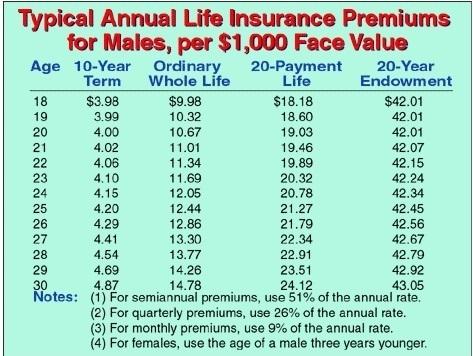
Physics, 01.03.2021 18:50 katlyn10289
Question 13 of 15
Lead-196 has a half-life of 37 minutes. It decays into thallium-196. Suppose a
sample contains 20 atoms of lead-196 and 60 atoms of thallium-196. About
how old is the sample?
A. 148 minutes
B. 37 minutes
C. 111 minutes
D. 74 minutes

Answers: 2


Other questions on the subject: Physics

Physics, 22.06.2019 06:00, dozsyerra
Complete the statement about memory improvement. ( )involves organizing and breaking down information into easier groups to expand capacity. rehearsal is the verbal repetition of information. these techniques are especially important for the improvement of ( ) memory.
Answers: 1

Physics, 22.06.2019 06:30, vaelriacb9300
Suppose you have a box. which of these is not necessarily a true statement regarding the relationship between the force applied to the box, the work done on the box, and the distance the box is moved? a. if the box is not moved, no force is being applied to the box. b. if no force is applied to the box, no work is done on the box. c. if work is done on the box, then a force is applied to the box. d. if work is done on the box, then the box is moved a distance.
Answers: 2

Physics, 22.06.2019 15:40, winterblanco
Question 1 what is amperage? is the rate of doing work. is the rate of flow of protons in electric current. represents the amount of pressure behind electron flow. is the rate of flow of electrons in electric current. 2 points question 2 what is voltage? is the rate of doing power. represents the amount of pressure behind electron flow. is the rate of doing work. is the rate of flow of electrons in electric current. 2 points question 3 what is power? is the rate of flow of protons in electric current. is the rate of flow of electrons in electric current. is the rate of doing work. represents the amount of pressure behind electron flow. 2 points question 4 if we multiply volts times amps we get what? power circuit work current 2 points question 5 what are two ways alternating currents are similiar? in both ac and dc electrons flow in the same pattern. in both ac and dc, the flow of electrons changes directions back and forth. both ac and dc are only possible in certain materials with atoms that will allow electron flow. both ac and dc involve the flow of electrons. 4 points question 6 how does the flow of electrons flow in an alternating current? the flow of electrons is always slower in an alternating current than within a direct current. the flow of electrons is not constant and forward; it changes direction back and forth. electrons flow from from a higher affinity to that of a lower affinity. electron flow is constant and only in a forward direction. 2 points question 7 what is the flow like in a direct current? the flow of electrons is not constant and forward; it changes direction back and forth. the flow of electrons is constant and only in a forward direction. the flow of electrons go from a higher affinity to a lower affinity. the flow of electrons are always faster in a direct current. 2 points question 8 how is an electric current able to flow? electrons flow from the higher affinity to lower affinity and electrical current is generated. protons flow from the higher affinity to lower affinity and electrical current is generated. the movement of protons from one atom to another leads to an electric charge. the movement of electrons from one atom to another atom in a line results in a flow of electric current. 2 points question 9 how do electrons move from the two different types of metal in a battery? protons flow from the metal with the lower affinity to the metal with higher affinity and electrical current is generated. electrons flow from the metal with the lower affinity to the metal with higher affinity and electrical current is generated. electrons flow from the metal with the higher affinity to the metal with lower affinity and electrical current is generated. protons flow from the metal with the higher affinity to the metal with lower affinity and electrical current is generated.
Answers: 2

Physics, 22.06.2019 16:30, JJlover1892
What is the kinetic energy of a baseball moving at a speed of 40 m/s if the baseball has mass of 0.15 kg?
Answers: 2
You know the right answer?
Question 13 of 15
Lead-196 has a half-life of 37 minutes. It decays into thallium-196. Suppose a
Questions in other subjects:

Mathematics, 27.09.2019 08:00

History, 27.09.2019 08:00

History, 27.09.2019 08:00



History, 27.09.2019 08:00

Mathematics, 27.09.2019 08:00


Geography, 27.09.2019 08:00

Physics, 27.09.2019 08:00





